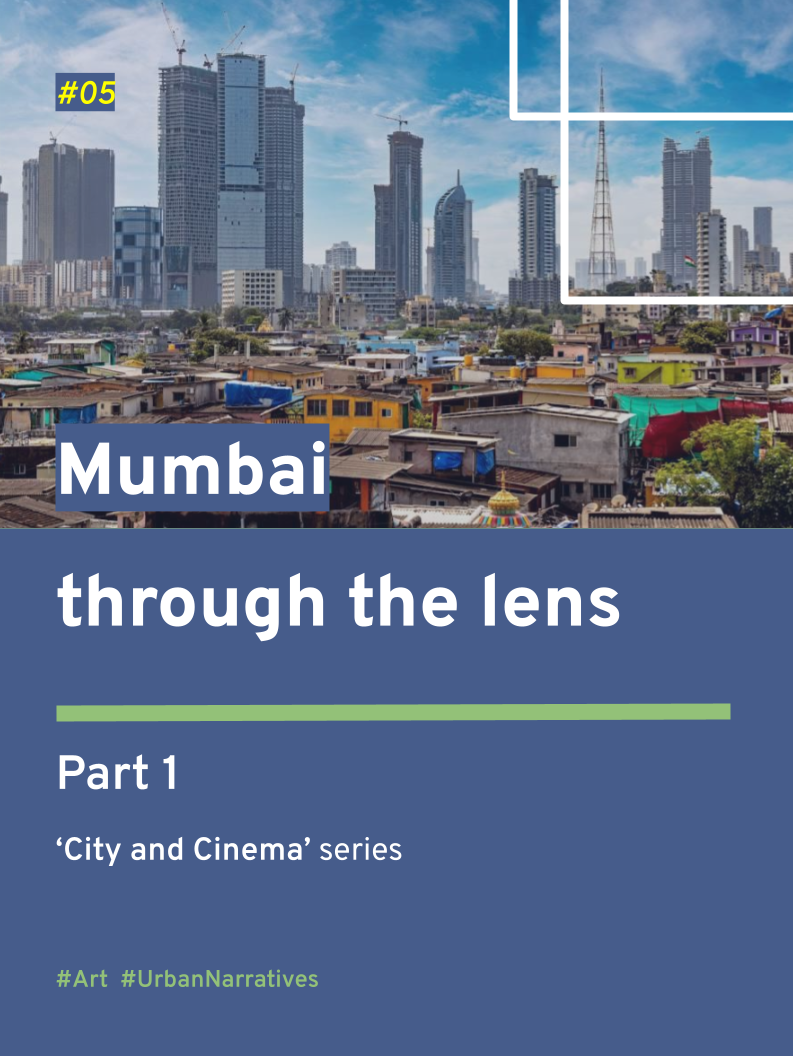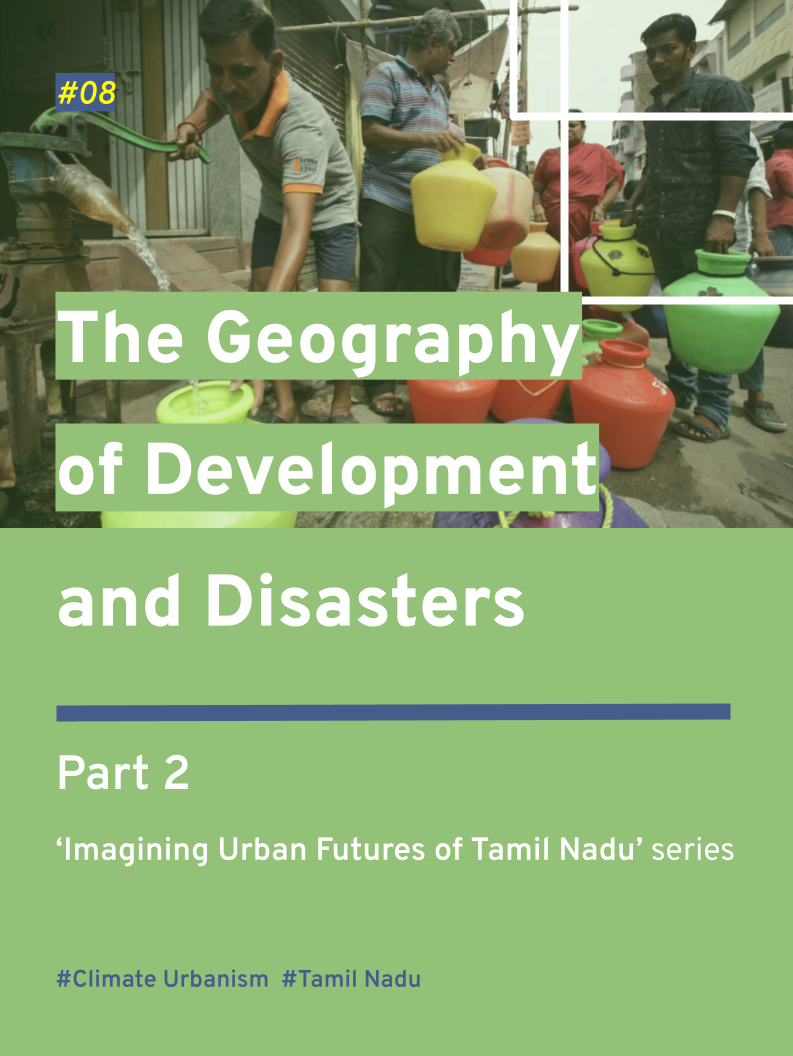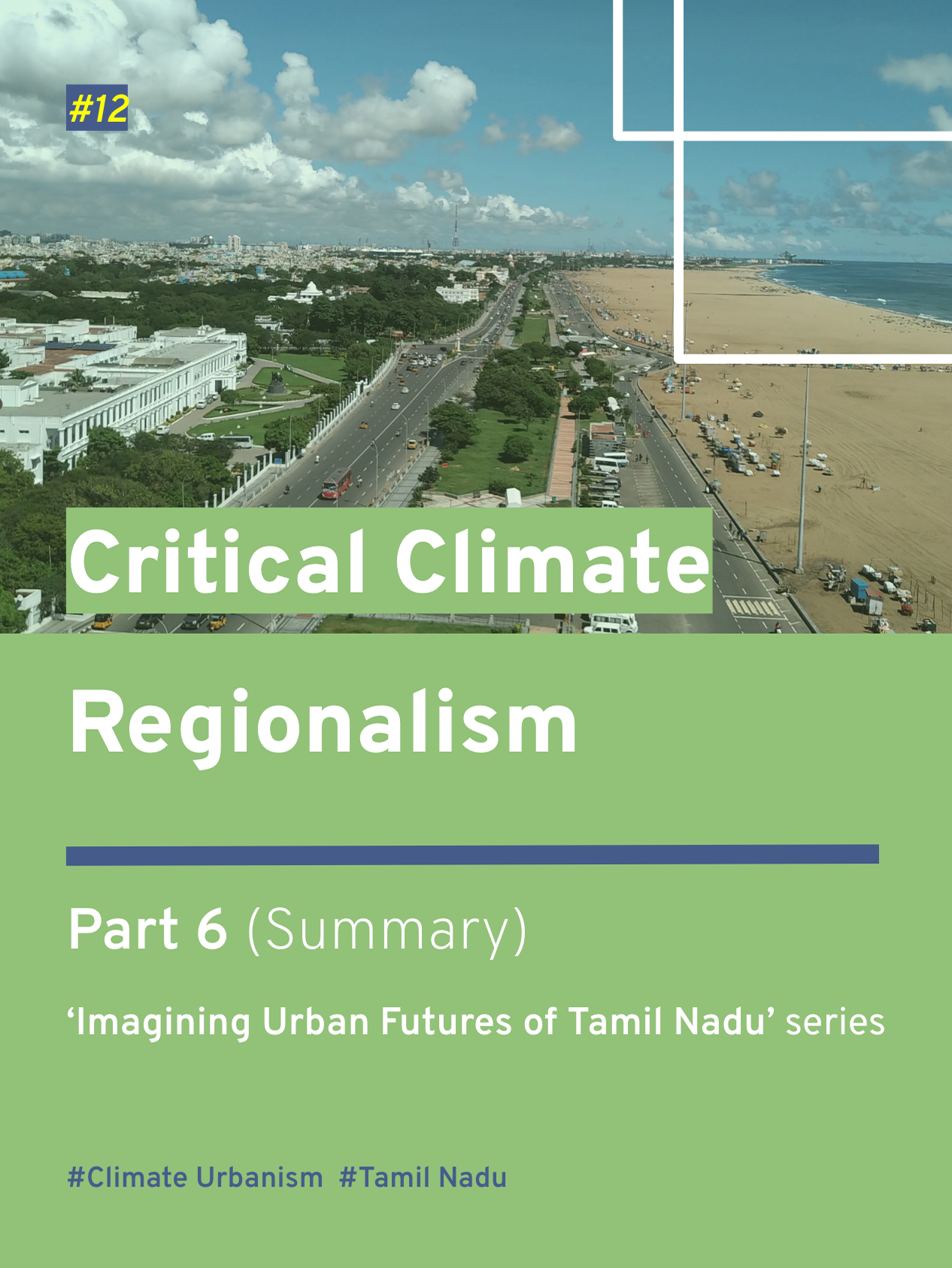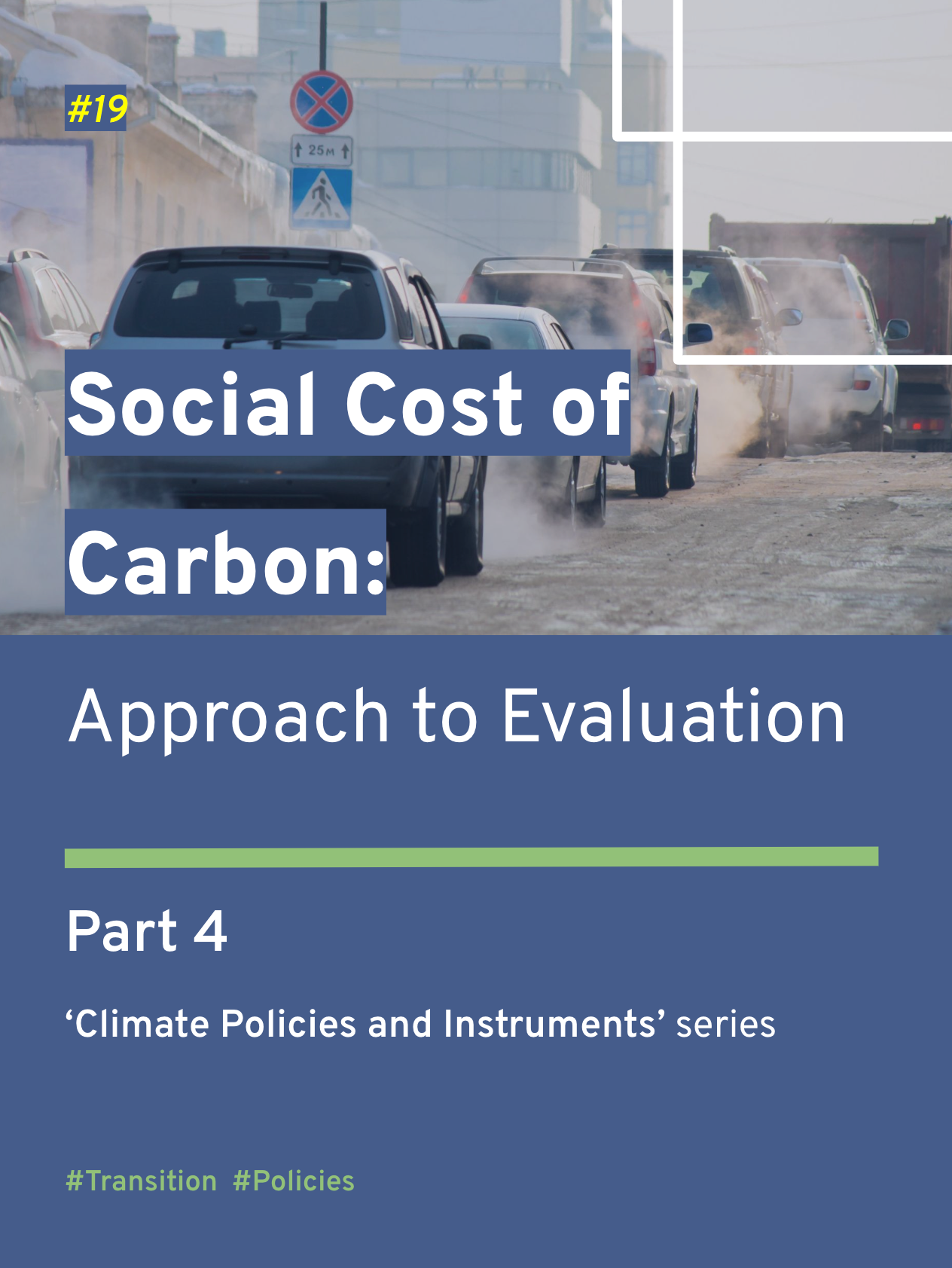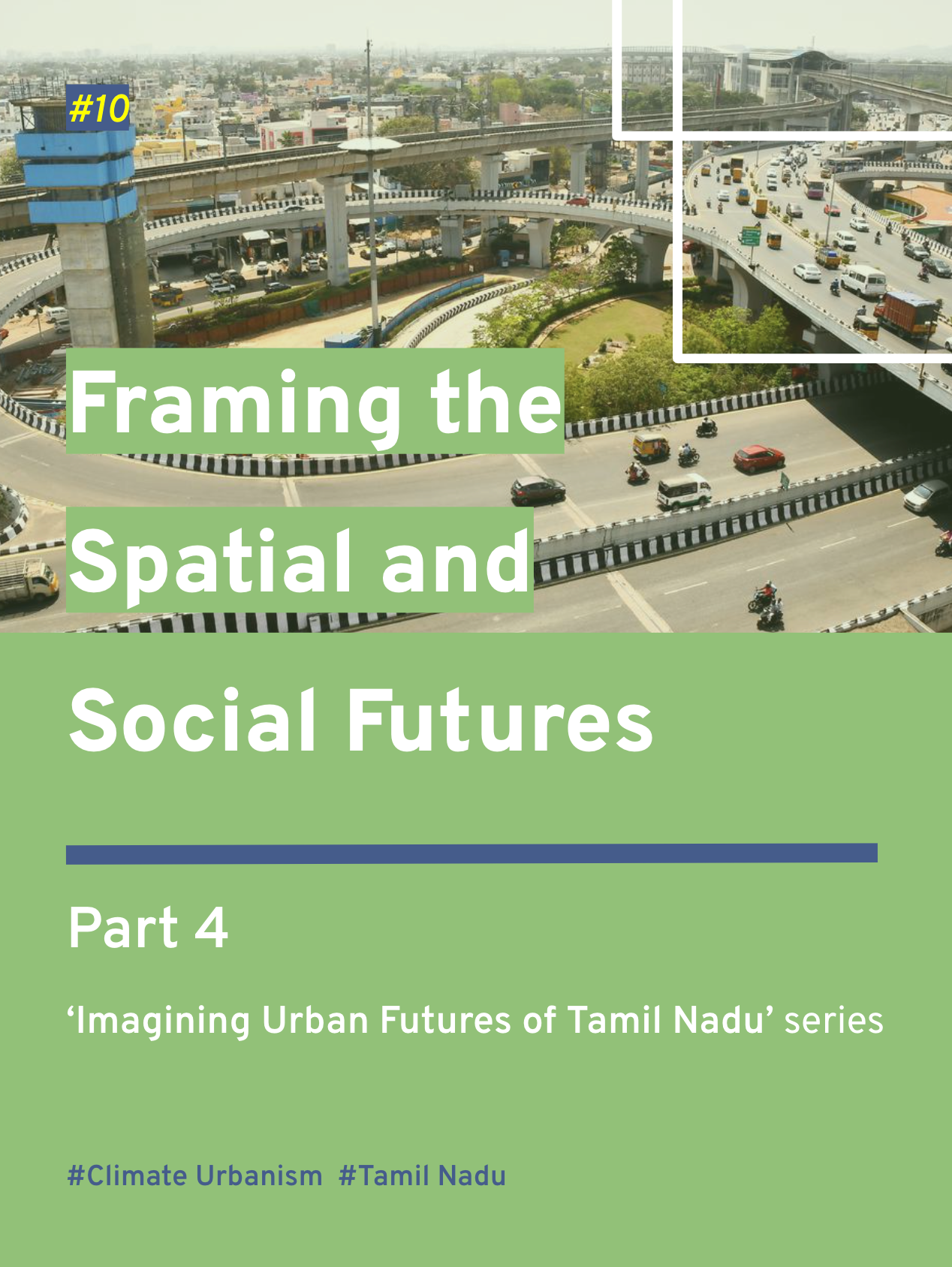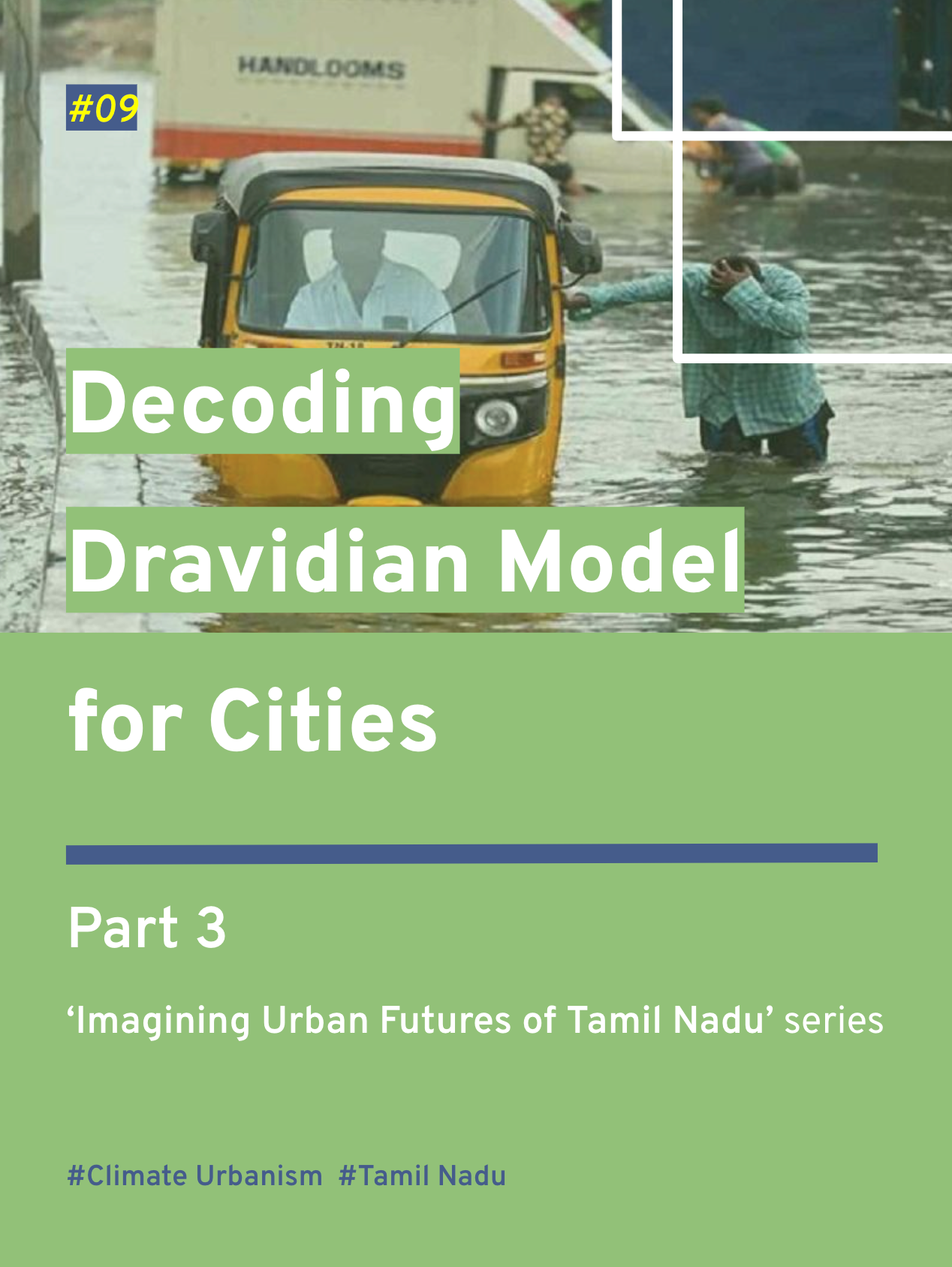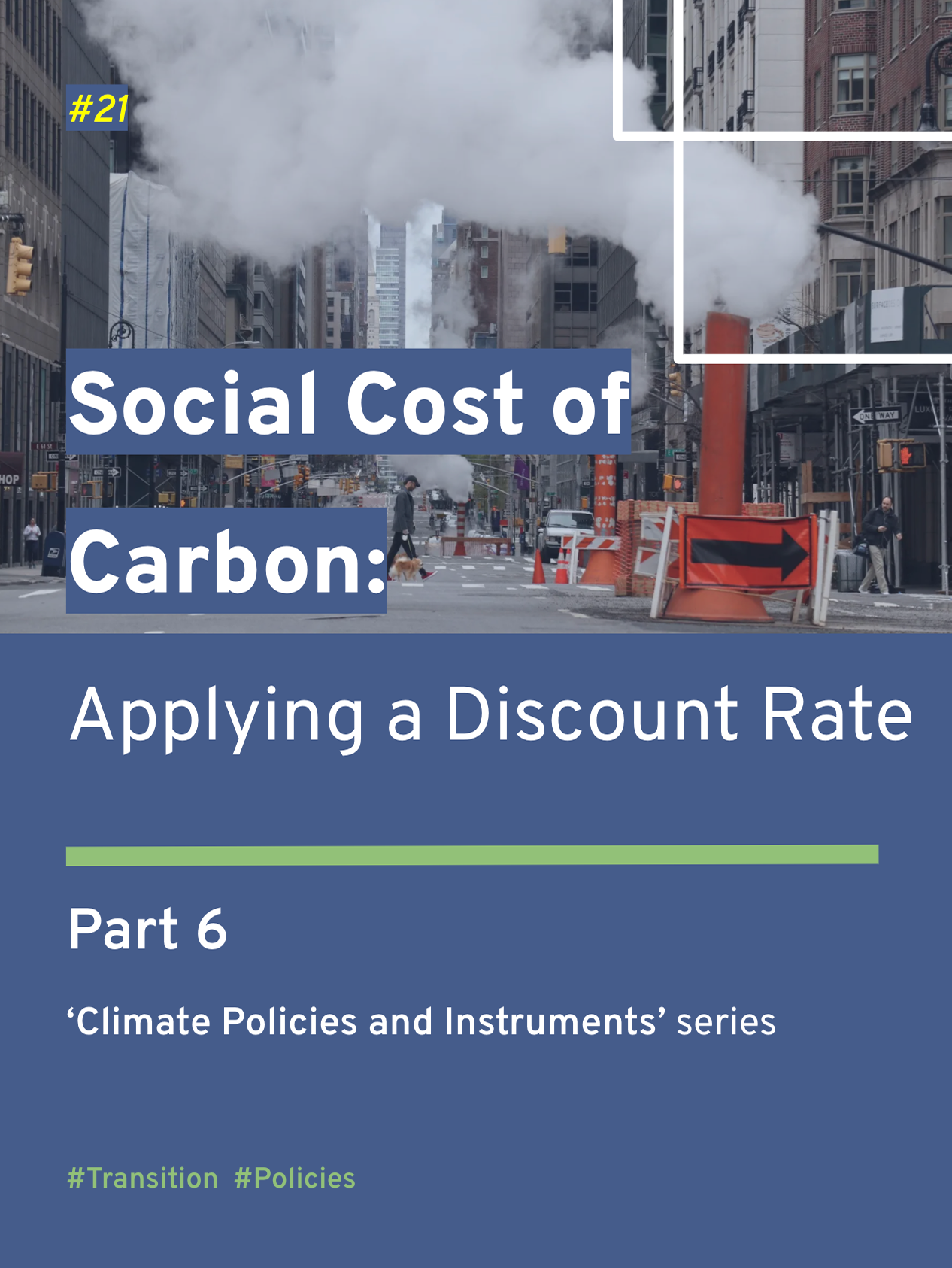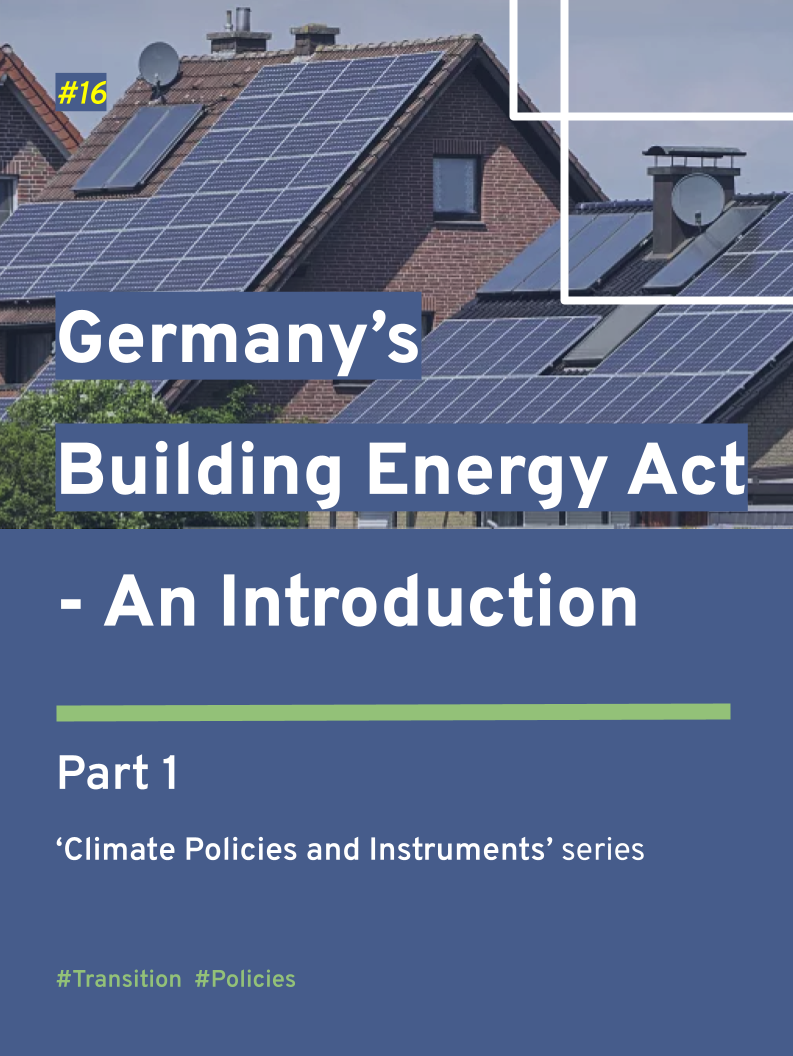Part 1 of ‘Uniting Indian Cities Behind Science’ series
Delhi, India (Source: The Times of India)
"I want you to unite behind the science, and I want you to take real action,” said Greta Thunberg, a global climate justice activist, highlighting the need to embrace a scientific approach to effectively act on climate change. Setting science-based targets (SBT) is potentially the first step in that direction for cities as key non-state actors.
What is a SBT?
In the context of local climate action, SBT refers to a city’s emission reduction targets that are measurable, actionable, time-bound, and based on the latest climate science findings. It provides a pathway to estimate how much greenhouse gas (GHG) emissions need to be reduced within a particular timeline to meet the goal of keeping global warming well below 2°C and limiting it to 1.5°C above pre-industrial levels as set out in the Paris Climate Agreement.
Why do Indian cities need SBTs?
It is reported that nearly 44% of emissions in India have urban origins. SBT as an approach breaks away from the conventional practice of building vision and goals for urban development based on what is easy to do, what the decision-makers desire, or merely what urban planners and designers can offer. It enables cities to adopt a scientific lens, understand the impact of GHG emissions holistically, and align all future actions to achieve the targets established. On a global scale, it can help cities unite behind science.
How can cities set SBTs?
The Science Based Targets Network recommends two key principles for setting SBTs: ‘equity and completeness’. Equity is viewed through the lens of geography and time, accounting for historical emissions patterns, the trajectory of socio-economic development, and the current status quo of the region (city or any other local administrative unit). Intergenerational fairness is a key perspective for SBTs, aligning with the United Nations Brundtland Commission’s definition of sustainability as “meeting the needs of the present without compromising the ability of future generations to meet their own needs” and nurturing the human community as a partnership among all generations. Completeness is to be achieved by accounting for emissions from all sources within the city boundary and other direct and indirect sources from outside that support the activities within the city across the sectors. In simple terms, SBTs should consider both territorial and consumption emissions.
There are two widely used, expert-recommended methodologies available for cities to set SBTs: the Deadline 2020 methodology developed by the C40 Cities Climate Leadership Group and the One Planet City Challenge methodology developed by the World Wide Fund for Nature. Indian cities could adopt one of them and set their SBTs.
Now, with all things burdening their capacity and efficiency, can we expect this from Indian cities? Yes. We must set this as a non-negotiable. Article 51A of the Indian Constitution lists the fundamental duties of all Indian citizens and includes developing a scientific temper as one of them. We can and should hold cities—home to nearly 40% of Indians—to the same expectations. But cities have severe starting trouble.
Back in 2008, the Government of India published the National Action Plan on Climate Change (NAPCC) and directed all states to prepare state-level action plans in alignment with the national goals. The National Steering Committee has so far endorsed thirty-three State Action Plans on Climate Change (SAPCC), with Delhi’s being the first. We have two challenges here. Firstly, the NAPCC and SAPCCs prepared more than a decade ago need to be monitored annually and updated at least once every five years in alignment with the global stocktake and the submission deadline for Nationally Determined Contributions (NDCs). Secondly, these high-level ambitions and goals should inform local climate actions by Urban Local Bodies (ULBs).
Let’s keep the first one for another day and focus on the second.
Preparing City Climate Action Plans (CCAP) is the logical step recommended for strategically breaking down high-level goals and delivering local actions, and it is also a tool to arrive at SBTs. Mumbai was the first among the most populous Indian cities to adopt a CCAP in 2022, followed by Chennai and Bengaluru in 2023. District-level Climate Action Plans for Nagpur, Pune, Indore, Bhopal, Rajkot, and Ahmedabad were prepared and published by the Vasudha Foundation in 2022. Notably, ICLEI prepared Climate Resilient City Action Plans for Coimbatore, Udaipur, Siliguri, and Rajkot through their CapaCITIES Phase 1 in 2018 and is now supporting Tiruchirapalli, Tirunelveli, Vadodara, and Ahmedabad in Phase 2. A few other cities, including Kolkata, Delhi, and Hyderabad, are preparing their CCAP. Chandni Singh, Senior Researcher at the Indian Institute for Human Settlements, Bangalore, India, finds that as of 2020, only half of the 53 million-plus cities in India had some form of adaptation planning.
‘Are cities acting on their plans?’ is a different question. Right now, we are more concerned about ‘Are cities aware of preparing these plans?’ and if not, ‘How can we enable more cities to do that and set their SBTs?’.
India is committed to achieving net zero by 2070 (it looks like we have a lot of time in hand). But we currently have 4,041 ULBs serving nearly one-fourth of India’s population (318.5 million) and is expected to double by 2035 (675 million). While the Global North is working to cut their emissions considerably and show progress by 2030, it is crucial that all Indian cities (covering all ULBs) at least prepare a plan, set their SBTs by 2030, and establish a robust institutional framework for implementation and monitoring towards achieving the global temperature target.
It is a fair ask. But is it realistic?
Click here to read Part 2 which discusses the explores this question from the municipal data and capacity perspectives.
Have questions, thoughts, or feedback? Write to nagendran.bala.m@gmail.com.
